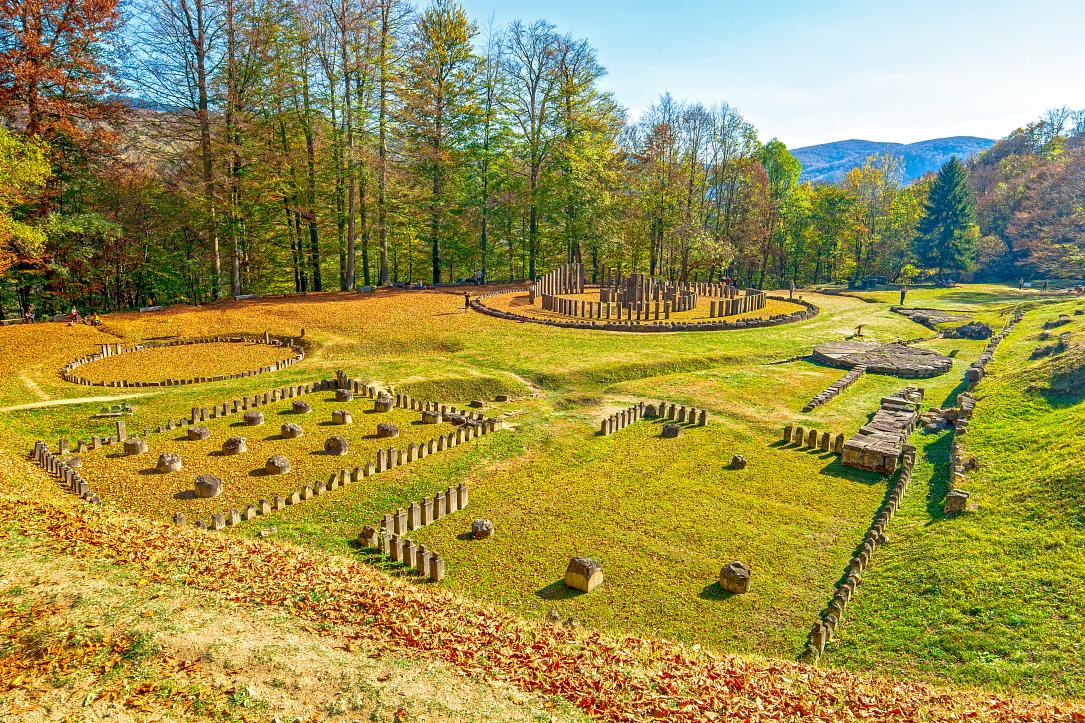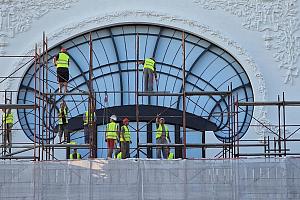Dacian fortress of Sarmizegetusa to be restored with Resilience funds

The ancient Dacian fortress of Sarmizegetusa will be restored with EU funds from the National Recovery and Resilience Plan (PNRR), according to a press release from the Romanian Ministry of Investments and European Projects (MIPE).
More than EUR 7.4 million will be invested in the restoration of the fortress, a site of cultural and historical heritage.
The project is part of the “Attractive Romania” plan. The PNRR also includes financing for sites along a dozen “cultural routes” meant for tourists who visit Romania. Sarmizegetusa is part of two such routes.
The Dacian fortresses in the Orăştiei Mountains are UNESCO world heritage sites, but they are not major tourist attractions. The new investments aim to conserve the archaeological value of the fortress, but also transform it into a point of interest for visitors, according to Economedia.ro.
“We signed financing contracts for a landmark that is both central to our identity as a people, and unique in the world,” said minister of investment and European funds Marcel Boloş. He also said that the investments would contribute to the development of the local area and Hunedoara County.
The investments include both restoration works and the creation of new exhibition spaces. A museum will be set up at the entrance of the Ulpia Traiana Sarmizegetusa site, according to the plans. The museum will have a viewpoint over the entire site and the nearby Roman amphitheater and will house one of the two marble fountains that were part of the entrance to the Roman forum.
There will also be an exhibition with the most important archaeological discoveries connected to Roman Dacia.
The entrance to the Roman forum, an objective included in the route of the Roman forts, is one of the earliest monuments constructed in Dacia. The Dacian temple of Sarmizegetusa Regia will also be restored through an investment of EUR 2.29 million, part of the abovementioned total sum.
Sarmizegetusa was founded in the second half of the 1st century BC, and was the capital of Dacia under King Decebalus before the Roman conquest.
Monasteries, churches, households, citadels, and other objectives will be restored with funds from the Resilience Plan. Also, within the same component of the National Recovery and Resilience Plan, contracts worth a total of EUR 59 million were signed for the establishment, modernization and restoration of 8 museums and memorials, including a Memorial of the Revolution-December 1989, a Memorial of the Victims, and a Museum of Forced Industrialization and Uprooting.
(Photo source: Flaviu Boerescu | Dreamstime.com)













